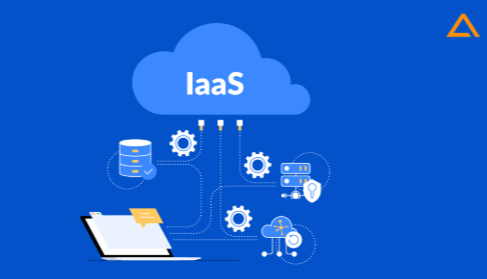SaaS vs. PaaS vs. IaaS: Understanding the Models
The landscape of cloud computing is dominated by three primary models: SaaS, PaaS, and IaaS. Each model serves distinct functions and addresses specific organizational needs. SaaS provides ready-to-use applications, PaaS offers development platforms, and IaaS supplies virtualized resources. Understanding the nuances of these models is crucial for organizations aiming to optimize their cloud strategies. However, the implications of choosing one over the others can significantly impact operational efficiency and cost management.
Understanding Software as a Service (SaaS)
Software as a Service (SaaS) represents a transformative model in the delivery of software applications, characterized by its cloud-based architecture.
This approach allows users to access cloud applications seamlessly, enhancing flexibility and scalability.
With subscription pricing structures, SaaS offers organizations an efficient means to manage software costs while ensuring continuous updates and support, ultimately empowering users with greater control over their technology resources.
Exploring Platform as a Service (PaaS)
While many organizations are familiar with Software as a Service (SaaS), Platform as a Service (PaaS) offers a distinct paradigm by providing a robust platform for developing, testing, and deploying applications in the cloud.
PaaS advantages include scalability and reduced development time, while challenges involve vendor lock-in and security concerns.
Common PaaS use cases include application development, with leading PaaS providers like Google Cloud and Microsoft Azure.
Delving Into Infrastructure as a Service (Iaas)
Infrastructure as a Service (IaaS) represents a foundational layer in the cloud computing landscape, providing virtualized computing resources over the internet.
This model offers significant cloud scalability, allowing organizations to dynamically adjust resources according to demand.
Furthermore, IaaS enhances cost management through its pay-as-you-go pricing structure, empowering businesses to optimize expenditures while maintaining flexibility and control over their infrastructure needs.
Conclusion
In conclusion, navigating the cloud computing landscape requires a clear understanding of SaaS, PaaS, and IaaS models. Each offers unique advantages tailored to specific business needs, enabling organizations to enhance operational efficiency and scalability. Choosing the right model can be the difference between success and a missed opportunity; thus, businesses must weigh their options carefully. Ultimately, finding the ideal solution is not just a shot in the dark, but a strategic decision that drives innovation and growth.






